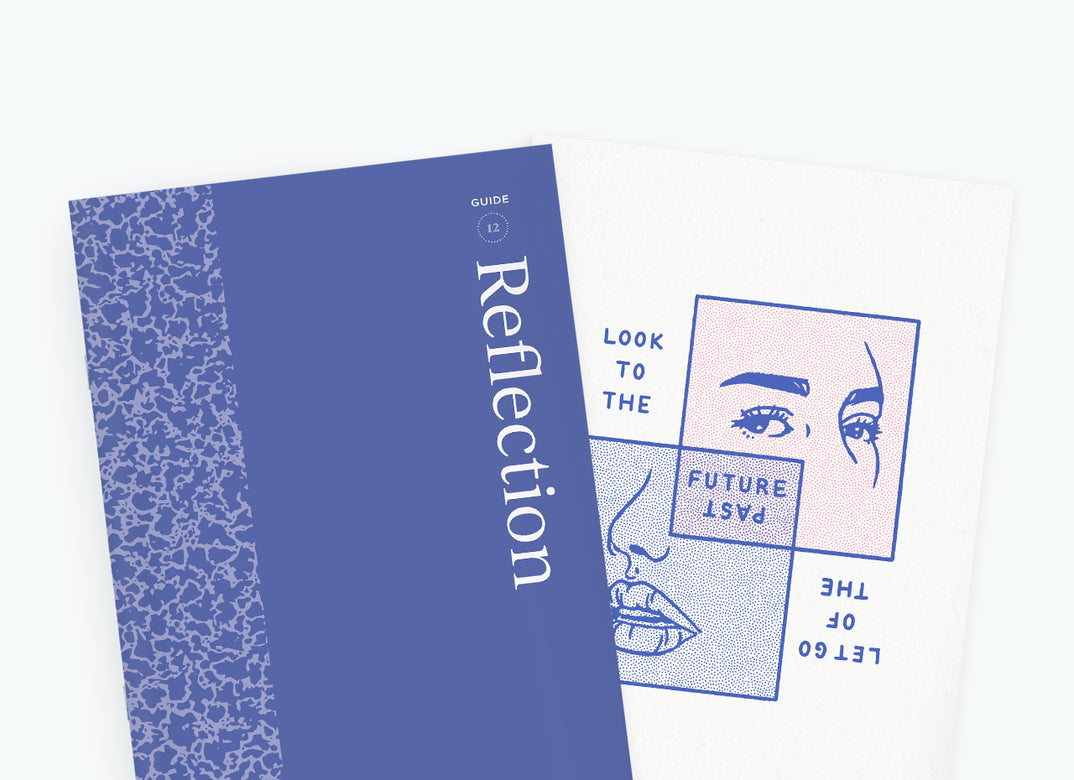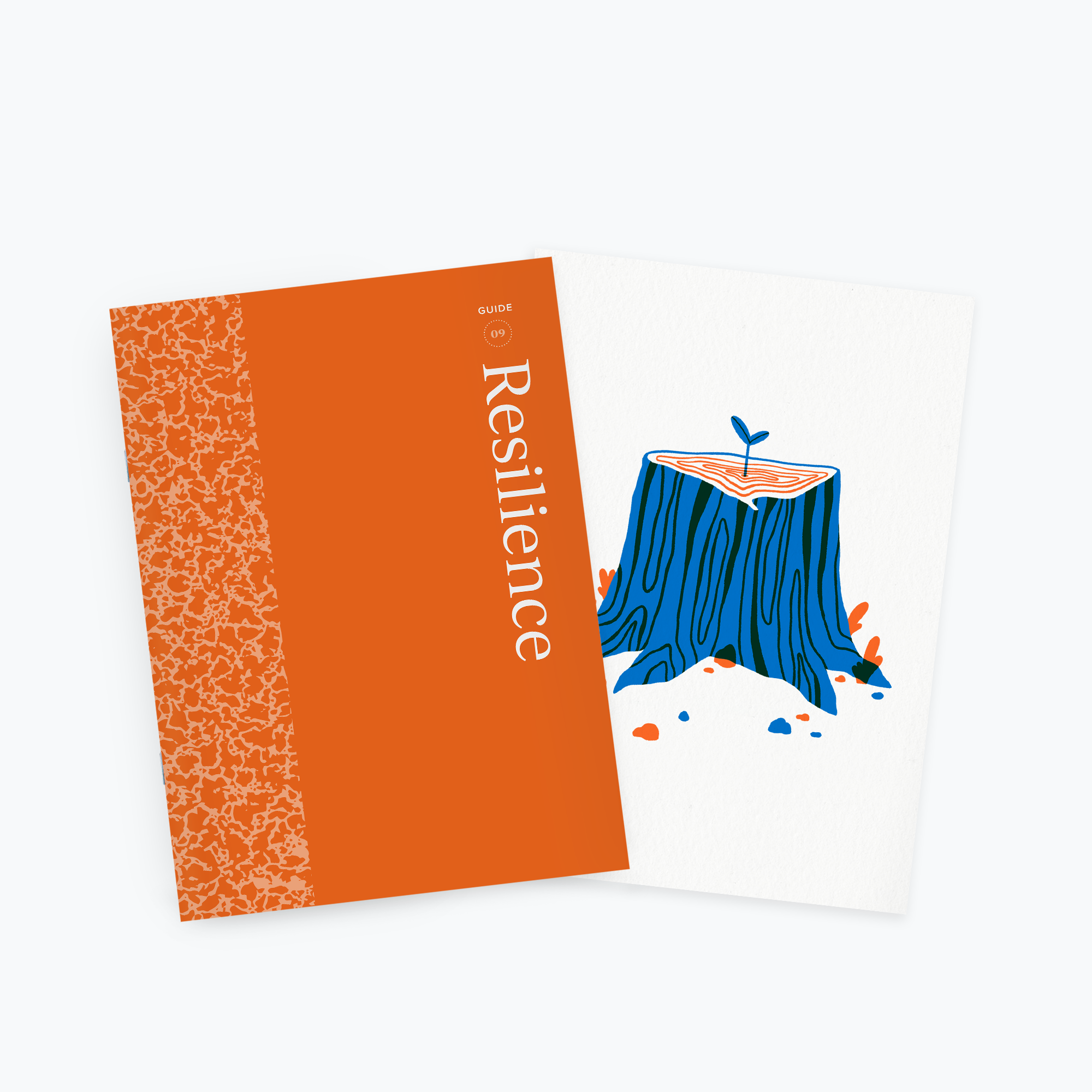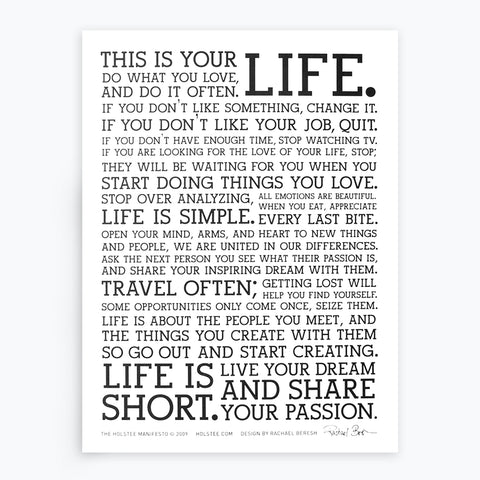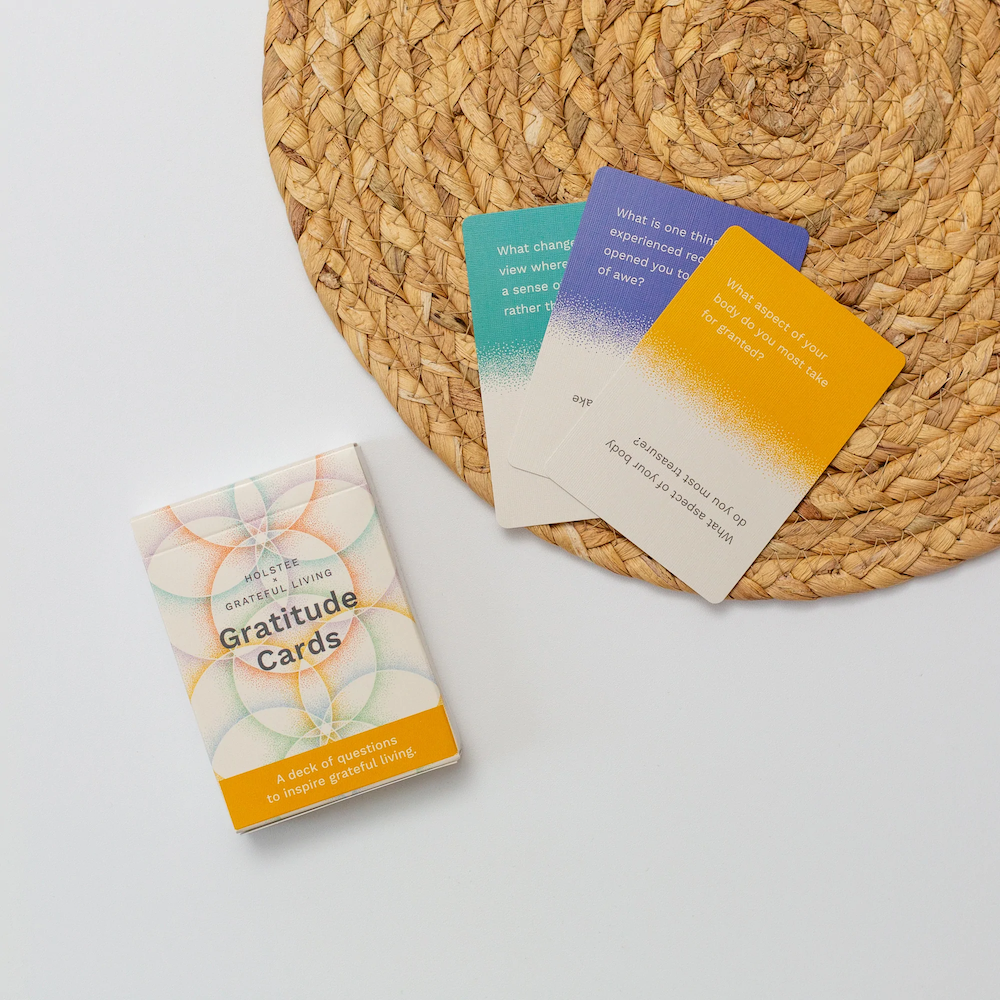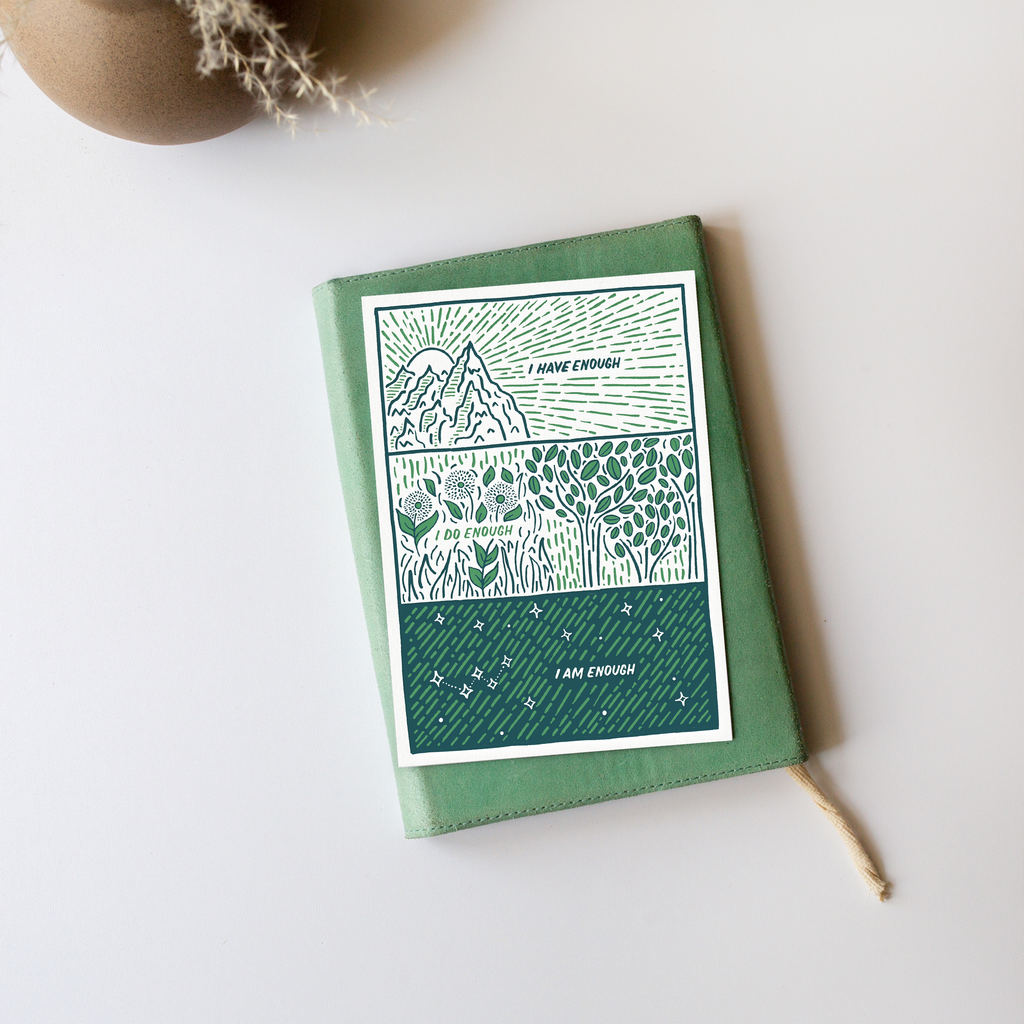Django Reinhardt is known as one of the best jazz musicians of the 21st century. What’s less known is the story of his incredible resilience. I came across this story while getting lost down a Wikipedia rabbit hole one recent night and wanted to share it with you.
Reinhardt was born in 1910 and grew up in a family caravan with his single mother and siblings in a nomadic Romani settlement outside of Paris. Life in the settlement wasn’t easy, so he became skilled at stealing chickens for his family.
Reinhardt was also musically inclined and taught himself the violin, banjo and guitar. At the age of 12, he would travel outside of his community to Paris to put on shows. By 18, he was a favorite in Parisian dance halls and beginning to gain international fame.
Then the unthinkable happened. One evening, a candle fell into flammable liquid as Reinhardt and his wife slept. Their caravan immediately went up in flames and they barely escaped. Reinhardt was hospitalized for nearly two years with bad burns across his body.
Two of the fingers on his left hand were burned with silver nitrate to make what remained of his hand usable, but the doctors doubted that he would ever play guitar again.
In a way the doctors were right. Reinhardt was never able to play the guitar as he did before the fire. Instead he changed his technique, creating a new style to accommodate his hand.
"Instead of playing scales and arpeggios horizontally across the fretboard as was the norm, he searched out fingerings that ran vertically up and down the frets as they were easier to play with just two fingers. He created new chord forms. . . . He pushed his paralyzed fingers to grip the guitar as well, his smallest digit on the high E string, his ring finger on the B, and sometimes barring his index finger to fashion chords of four to five notes. He then slid his hand up and down the fretboard, employing these chord forms to craft a fluent vocabulary."
Excerpt from “Django: The Life and Music of a Gypsy Legend” by Michael Dregni
This new style sealed Reinhardt’s status as a music legend. During the first part of the 20th century, he was considered the most famous jazz musician in Europe.
This isn’t the only obstacle Reinhardt overcame. His biography includes many fascinating stories (including 2 failed attempts of escaping France in World War II, once where his life spared by a jazz-loving soldier).
For many people, a life filled with so many obstacles would kill the spirit, if not the body. But Reinhardt was determined to overcome his impediments and bring his own style to the music he loved so much. In the process, he created an incredible library of music (I’ve been playing his Spotify hits on repeat for the past week).
His legacy is a powerful reminder that life can give us obstacles — but it will not be defined by those obstacles, only by how we respond to them.

Dave Radparvar
Co-Founder, Holstee
Begin your day feeling grounded and inspired.
A free 30-day email series where we share the most impactful stories and ideas that have helped us on our journey to live a more meaningful life.
✌️ Free. Unsubscribe anytime.

